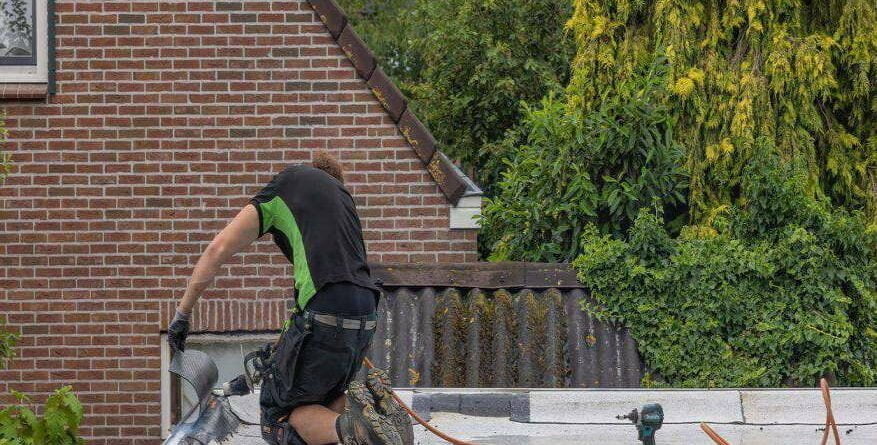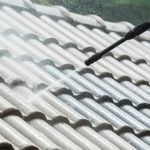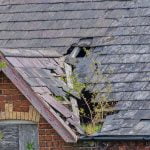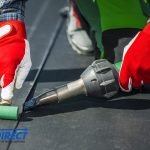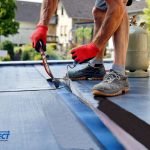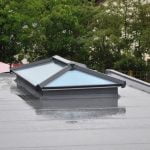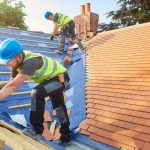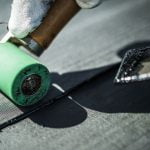
Buildings are symbolic of the times we live in. They reflect and symbolise the spirit of any given era, attending to our growing population’s different needs, functions and lifestyles. Building architecture speaks of time and location, but ultimately, at the same time, it yearns for timelessness, according to prominent architect Frank Gehry.
In this era, architectural innovations explore and push the boundaries of new technological advancements and potentials, envisioning a way to enrich people’s lives and shape responses to contemporary challenges. The theme of our time is sustainability, which stands as a key challenge for homeowners to make responsible choices in materials and construction.
2024 Architectural Advances
Tips from roofing experts

Why sustainability is more than an architectural consideration
With the architecture of today evolving towards a circular economy, innovative materials, and sustainable urban design, prioritising resource efficiency, durability, waste reduction, and responsible material use is not just a trend but a significant new approach in contemporary building design.
The wave of sustainable architecture follows the ethos of “reduce, reuse and recycle”, emphasising natural, durable, and renewable materials. These materials reduce construction waste and resource depletion to foster a greener approach.
As The European Union’s Green Deal sets a goal for carbon-neutral buildings by 2050, renovations are urged to surge in both public and private sectors by renovating existing buildings through energy-efficient schemes.
But rather than hinder creativity in architecture, these challenges of sustainability serve to inspire, and one area that has great potential to push a building towards sustainability is innovative rooftop solutions, which can be seen with flat roofs, rubber roofs, and green roofing with solar installations without the need to sacrifice aesthetics.
EPFM roofing membranes stand out in this landscape
Rubber roofing membranes like EPDM offer both eco-friendliness and architectural potential. It permits modern architecture to merge responsibility with imagination and drive a new era of sustainable roofing.
EPDM roofing membranes are used on flat or low-slope roofs, although it’s important to mention that these are not the only shapes they can cover. Rubber offers total design freedom, even when the roof is not flat. Irregular-shaped roofs, wavy roofs, and roofs that extend to become part of the facade can all be waterproofed.
This material’s single-ply nature provides architects with design freedom. Compared to other traditional roofing membranes that require installation in several layers, the thin layer ensures durability, high performance, and waterproofing without adding significant weight to the building structure.
The product is flexible and able to endure temperatures as low as -45°C. It easily conforms to irregular shapes and accommodates the structure’s expansions and contractions in temperature changes that do not compromise its integrity.


Further advantages
Rubber roofing membranes are suitable for new constructions and renovations and can be installed on various substrates with or without insulation. The installation methods will vary based on project needs, from adhesive application and mechanical fastening to ballistic. However, typically, most EPDM membranes can be applied in one shoot.
Notable advantages include no flames, heavy equipment, or tools necessary, which enhances site safety and flexibility. These modern membranes also support eco-friendly building practices like green, solar, and blue roofs, aligning with an architect’s vision. More simply, they can be used for shed roofs and extensions and are cheap to apply, install, and maintain.

